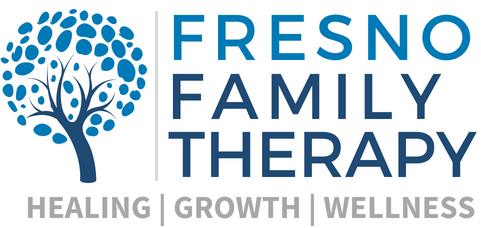How is communication explained? When we look at a common definition it says exchanging of information. However, it does not describe how we should communicate as well as what are ways to communicate.
There are 4 main communication styles: Assertive, Aggressive, Passive and Passive Aggressive.
Assertive communicators can remain calm, they use “I” statements, they avoid accusatory remarks, and they stand up for themselves and others positively. (Below are examples of “I” statements.)
Aggressive communicators often speak loudly, they use more “You” phrases, they use demanding language, often blame others, as well as interrupt others. This may make others fearful to talk to you or with you. This communication style may make others feel as though they are “walking on eggshells.” (Below are examples of the “You” phrases.)
Passive communicators are often unable to effectively express their opinions and thoughts, they often feel walked on by others around them, can feel as though their needs are not being heard, and can become resentful towards others. An example of this can look like laughing at a joke that is at your expense due to fear of communicating how the joke made you feel.
Passive Aggressive communicators often use sarcasm, can show a disconnect between their actions and feelings, avoid confrontation, and can subtly sabotage others and annoy others around them. An example of this can look like being unsure how you are feeling and leaving it to others to guess how you are feeling.
Often communication is hard which ends up leading to “You” phrases. Example of these types of phrases can look like “You never…,” “You didn’t do…” or “You always…” instead of using the “I” statements. “You” phrases can often lead the other person feeling attacked and needing to defend themselves which can lead to an argument. “I” statements put the feelings back into a clear perspective.
These statements can look like “I feel hurt when you do not respond “or “I felt so loved when you took the time to ask me how I felt.” Using the “I” statements allows us to gain insight into our thoughts and feelings while allowing the other person to acknowledge how we feel. “I” statements do not guarantee a positive outcome 100% of the time however they do provide you a higher chance of others being able to affectively communicate with you.
Taking the time to gain insight into our own feelings gives us the ability to communicate them more effectively. When we feel heard we feel as though the other person has taken the time to provide us with active listening. When our feelings and thoughts are being heard, it can give the sense of reassurance that the other person understands you and can give us the ability to feel comforted.


